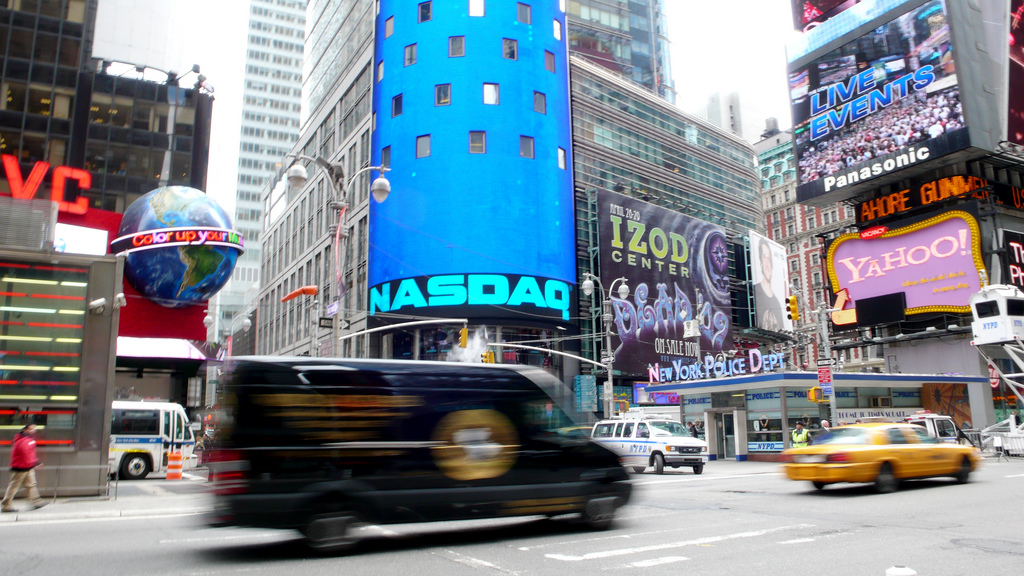Artificial Intelligence, Designing new products, Future of Investing, The Quarterly Review
The Quarterly Review: Public’s Leif Abraham on three new products, simplification, and AI-washing
- In this edition, we check back in with Public's Leif Abraham to see how his plans to build towards guided portfolios and AI integrations in the investment flow panned out.
- Abraham dives into how Public's new products are helping the company differentiate and crystalizing its role in the industry.
Rabab Ahsan | December 10, 2024
Artificial Intelligence, Future of Investing
How Farther is building a wealth management platform in the age of AI
- Farther is a technology-centric wealth management firm, with AI playing a pivotal role in differentiating the company from traditional wealth management firms and Registered Investment Advisors (RIAs).
- However, in Farther’s framework, AI is the dependable supporting actor, essential to the storyline but never the protagonist.
Sara Khairi | November 14, 2024
Designing new products, Future of Investing, Modern Marketing, The Quarterly Review
The Quarterly Review: How Acorns’ CFO Seth Wunder turns insights from market research into products and brand awareness
- In this edition, we check back in with Acorns' Seth Wunder about how his plans to distill market research done by the firm into product development panned out.
- Wunder breaks down how the firm has been enhancing its current product suite by focusing on GoHenry, and shares plans to release a new app for its Acorns Early product.
Rabab Ahsan | November 12, 2024
Business of Fintech, Future of Investing
Hotspots for investor support: What fintech CEOs are eyeing in the latter half of the year
- Fintech CEOs are generally optimistic for the year's second half.
- Logan Allin, founder and managing partner at Fin Capital, outlined fintech CEOs' key objectives and strategies to mitigate the effects of high interest rates on funding and valuations.
Sara Khairi | August 06, 2024
Future of Investing, The Quarterly Review
The Quarterly Review: The future of portfolio management and AI assistants ft. Public’s Leif Abraham
- Leif Abraham, co-CEO and co-founder of Public dives into how the firm is planning on adapting to changing investor sentiments and behaviors.
- Currently Abraham is busy integrating the firm's AI assistant into their investment flow and building new products that better cater to modern portfolios.
Rabab Ahsan | July 15, 2024








